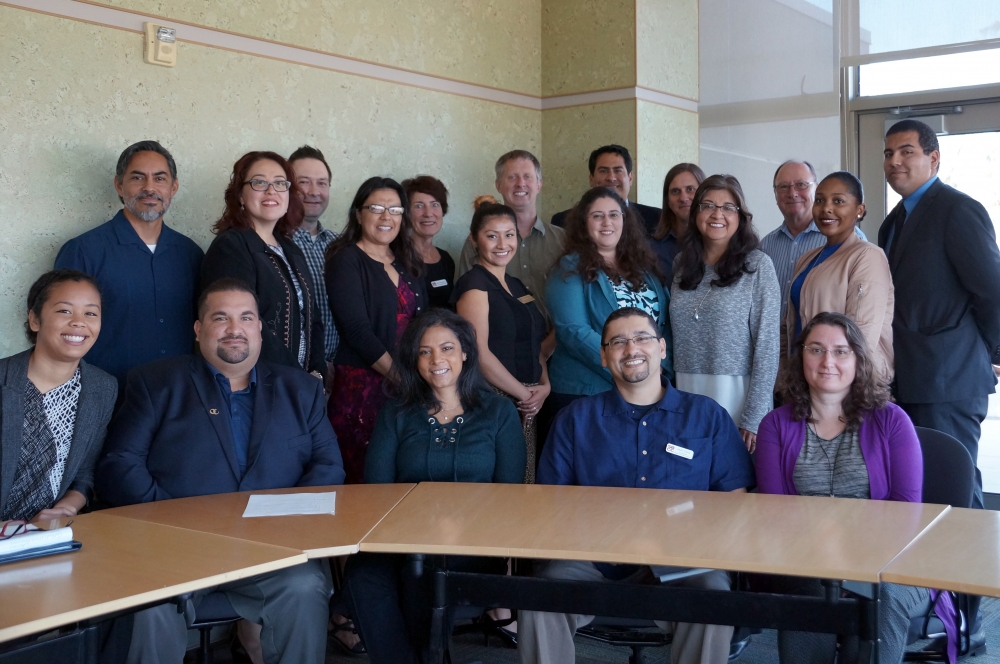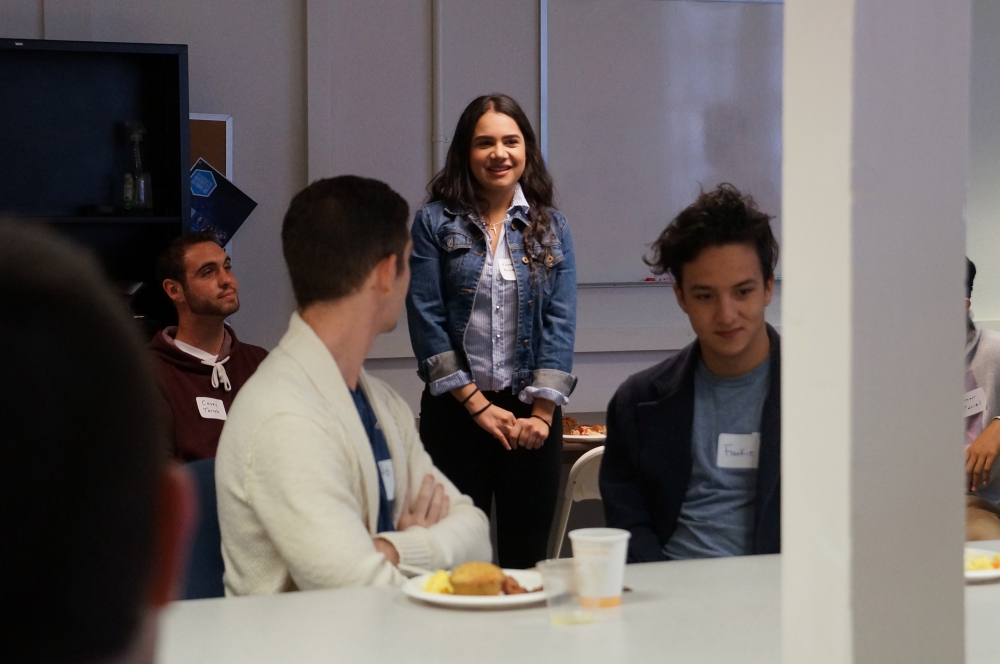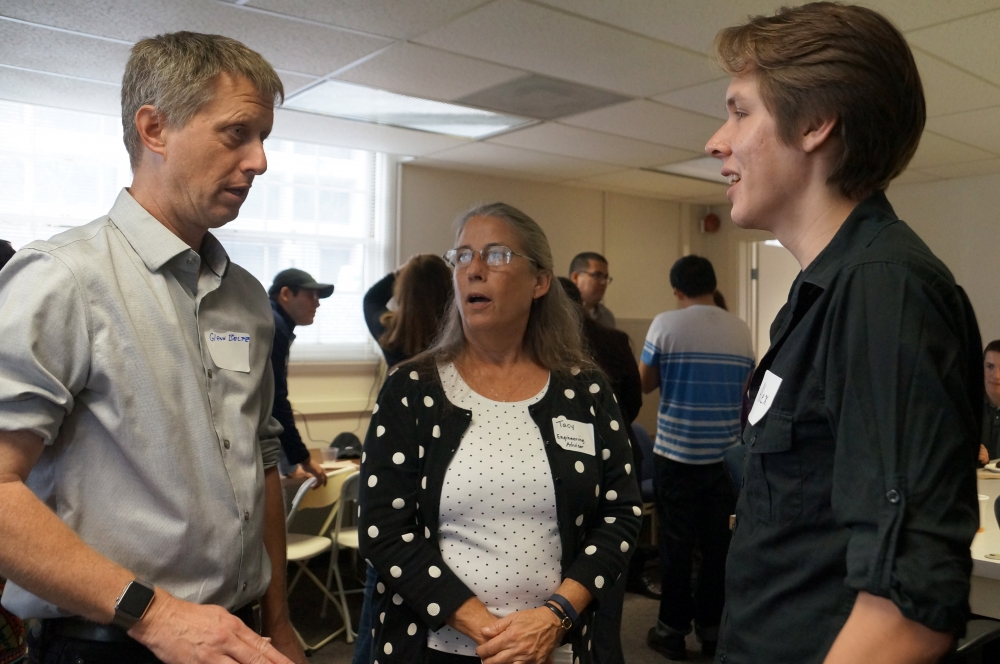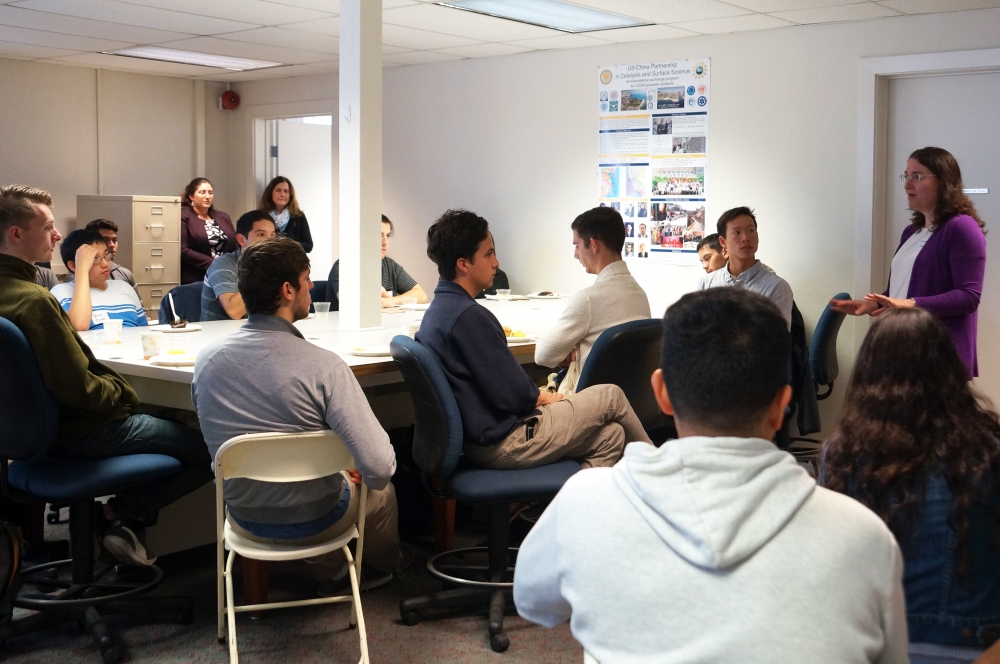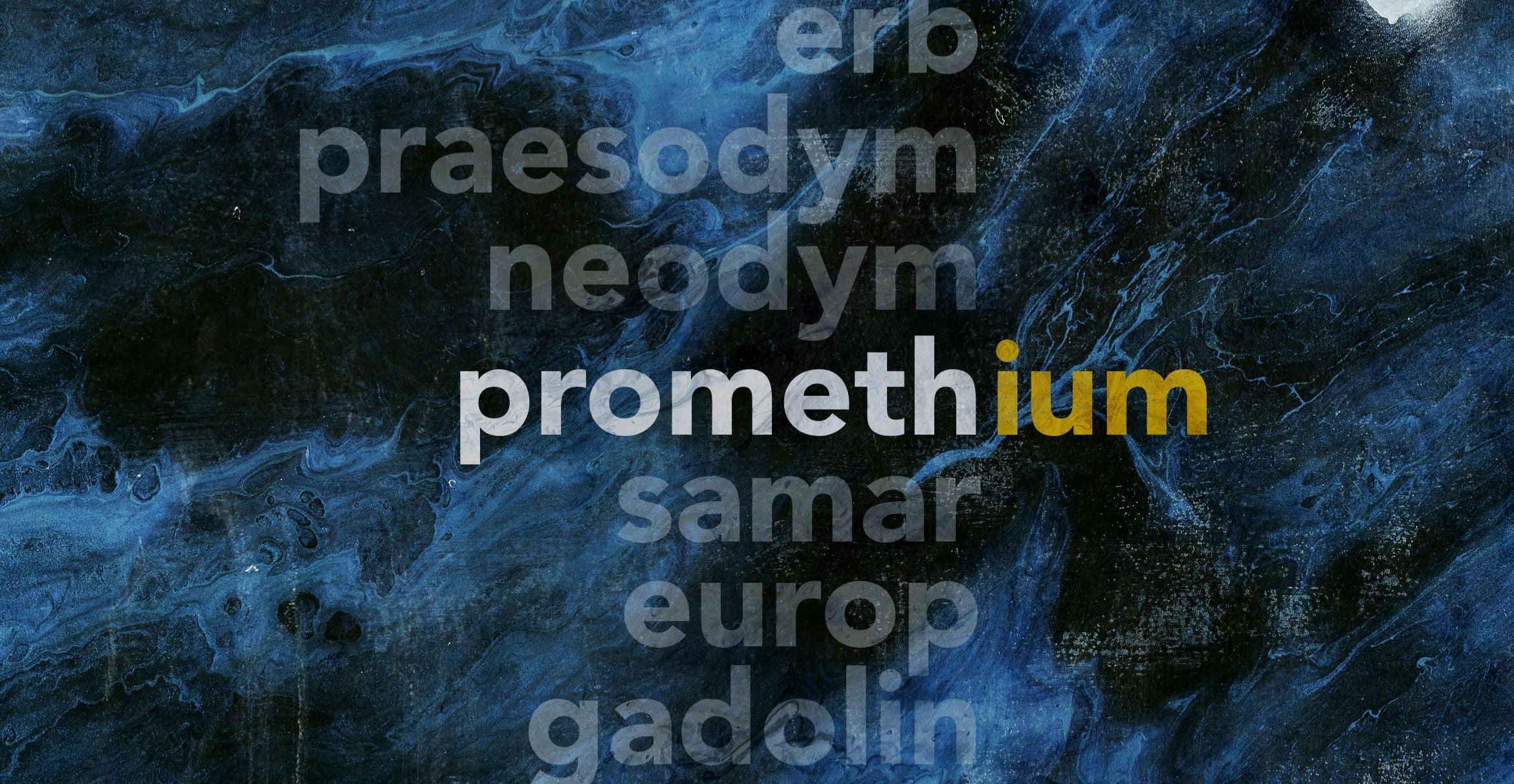Engineering Success
If you’re a college undergrad, you know full well your third year is your moment of truth. Gone are the days of tentatively exploring your major; gone is much of the flexibility you had to fulfill your prerequisites. In your junior year, things get real.
That phenomenon is particularly true for engineering majors at UC Santa Barbara, who go to one of the most consistently high-ranking engineering schools in the nation.
“In their junior year they hit the engineering curriculum,” said Susannah Scott, a professor of chemical engineering at UCSB. “That’s something like five courses at the same time of super hard engineering, and that’s what we expect of them.”
Unfortunately for many would-be engineers, the third year is also when they decide they can’t fulfill their ambitions, and often for reasons other than lack of ability, interest or willingness to work. Frequently, in the pressure cooker that is the junior year, heightened expectations and a heavier course load can result in overwhelmed students.
It’s a particularly tough situation for transfer students, who tend also to be from lower-income households, and the first in their families to shoot for an engineering degree. These students are often holding down jobs, Scott explained, which gives them less opportunity to take the appropriate classes, let alone the time to complete their demanding coursework. Add to that the “shock” of moving from a community college to a university and many of those students, who might otherwise become successful and gifted engineers, find themselves dropping out or opting for a less stringent field of study.
“We’re actively trying to understand what challenges these students face and where we can make a difference,” Scott said.
In a move that promises to help level the playing field for future engineers at UCSB, and with the help of $4.8 million in education funding over five years from the National Science Foundation, Scott and colleagues are rolling out an ambitious and wide-reaching program to assist academically talented low-income engineering students.
Called ESTEEM (Enhancing Success in Transfer Education for Engineering Majors), the program targets promising engineering transfer students, offering scholarship funding, outreach and academic counseling to help them move toward their degrees. The initiative builds on a previous, successful smaller-scale effort to reach out to third-year engineering undergraduates on campus and give them that critical push to complete their degrees.
The scholarship funding is one of ESTEEM’s key components, meant to free up time the scholars would typically spend at their jobs so they can participate more fully in their academic lives. Regular consultation with faculty mentors and advisers is also required to take the guesswork out of deciding which classes to take next.
“At least at the beginning, particularly with these first-generation college attendees, there’s definitely a reluctance to come in and talk to professors or academic advisors one-on-one,” said Glenn Beltz, a mechanical engineering professor and associate dean for undergraduate studies in the UCSB College of Engineering. Often, this disconnect leads to the students taking the wrong courses — “a big problem,” Beltz said, because it can result in the failure to satisfy their curriculum, and delay their progress toward a degree. That can be a discouraging blow for students who don’t have the time or money to prolong their university attendance, he explained.
The earlier these promising transfer students can be reached, the better. Facilitated by the UCSB Office of Education Partnerships, faculty and staff at UCSB are collaborating with their Regional Alliance colleagues at Allan Hancock College, Oxnard College, Santa Barbara City College and Ventura College to streamline outreach efforts and optimize coursework to help these students prepare for upper-division engineering courses at university. Community college students who become ESTEEM scholars keep their scholarships as they transition to UCSB.
Open to all low-income engineering students in good academic standing, ESTEEM also aims to address the lack of diversity in the STEM fields — an important challenge for UCSB and its partners in their roles as Hispanic-Serving Institutions. Though often gifted academically, lower-income minority students tend to have relatively little exposure to the richness of engineering in their daily lives.
“Some students have maybe an inkling that engineering is what they’d like to do, but there’s nothing in their family or their peer group that encourages them about this,” said Michael Gerber, a research professor at the UCSB Gevirtz Graduate School of Education, who studies the challenges low-income and minority students face and the interventions that may help them. “Nobody sees that as a plausible life path for them.”
To keep ESTEEM scholars motivated and connected, the program involves regular informal get-togethers with students, faculty and advisers, as well as industry guests from the various sectors of engineering and technology. In addition to getting help navigating the often complicated path of academia, students may also meet their future colleagues or employers and grow their network as they consider future plans.
For engineers like Beltz and Scott, ESTEEM is a solution to the longstanding challenge of attracting and training talented and diverse students to become the next generation of engineers and problem-solvers.
“When you have to generate a range of possible solutions to really hard problems, the more different kinds of perspectives you have, the more likely it is that one of the things you come up with will actually work really well,” Scott said. “I want the people that we train to be much more diverse than they currently are, because when I think of the contributions that engineering can potentially make to solving big problems, that diversity has been a strength.”
For an educator like Gerber, this broad-reaching program signals something of a shift in attitude in higher education. Traditionally, he said, colleges and universities have operated in a rather “elitist” mode, as a system that rewards and gives exposure to only a few students already starting with many advantages. But it is slowly moving to instead lift up as many talented ones as it can find.
“There’s an aspect of development of talent here which is something that has fundamentally changed about higher education,” Gerber said. “We have this idea now that is kind of percolating that you’re not supposed to dispose of people. It’s no longer just survival of the fittest.”
